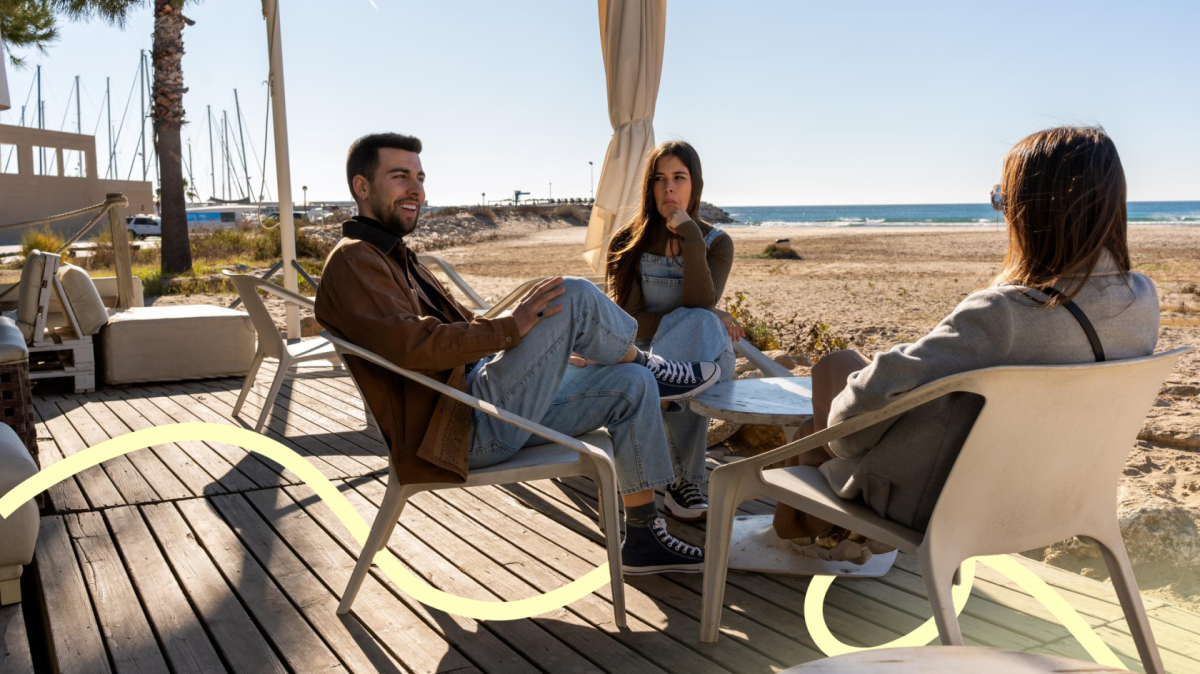Madeira wine is a strong wine known for its long history and unique characteristics. Its fame goes back centuries and is linked to the maritime history of Madeira Island in Portugal.
Madeira wine's history begins in the 15th century, when the Portuguese started colonising the island of Madeira. The first vines were planted here by the settlers, taking advantage of the region's volcanic soil and subtropical climate. These unique conditions provided an ideal environment for growing grapes and producing wines with unique flavour and body.
It was in the 17th century, however, when the sea routes between Europe and the Americas passed through Madeira Island along with barrels of wine often carried on the ships, that Madeira wine started to get its international recognition. During these long voyages, Madeira wines were exposed to the heat and movement of the sea, resulting in a unique ageing and oxidation process.
It was then that it was discovered that Madeira wines, subjected to this "estufagem" process during the voyage, acquired an exceptional complexity of flavour and durability. This is why Madeira wine made its first fans among others such as the historical figures of Thomas Jefferson and George Washington.
Madeira wine's fame was also boosted by its use in celebrations and special occasions. The wine was often used to toast the independence of the United States and became a tradition in the 4th of July celebrations.
In addition, the English influence in the Madeira region was also an important factor in the popularisation of wine. The British were great connoisseurs and importers of Madeira wine, contributing to its distribution worldwide.
Madeira wine is currently protected by specific legislation and has a Controlled Designation of Origin (DOC). Madeira Island produces a variety of wine styles, from the driest and freshest to the sweetest and most intense. The wines are made from native grape varieties, such as Sercial, Verdelho, Bual and Malvasia and each one gives unique characteristics to the final wine.
The production process of Madeira wine includes fermentation of the must and the addition of grape brandy, resulting in a fortified wine. The wines are then aged in oak barrels, where they undergo a gradual heating and cooling process, known as "canteiro". This ageing process, together with exposure to heat and controlled oxidation, gives Madeira wine its complex flavours and unique characteristics of caramel, dried fruit, nuts and spices.
Madeira wine continues to be appreciated by connoisseurs, and is used for a variety of occasions, from accompaniments to meals to ingredients for cocktails and desserts. Its long history, distinctive characteristics and internationally recognised reputation contribute to its enduring fame as a quality and prestigious wine. Importantly, Madeira wine is an extremely durable wine that can age for decades, if not centuries, without losing its quality. This longevity is a result of the careful stewing and ageing process.
In short, Madeira wine is unique due to its estufagem process, use of indigenous grape varieties, fortification, ageing in oak barrels and classification into different styles. These factors combined result in a wine with a complex, rich, aromatic and long-lasting flavour.
Paulo Lopes is a multi-talent Portuguese citizen who made his Master of Economics in Switzerland and studied law at Lusófona in Lisbon - CEO of Casaiberia in Lisbon and Algarve.














